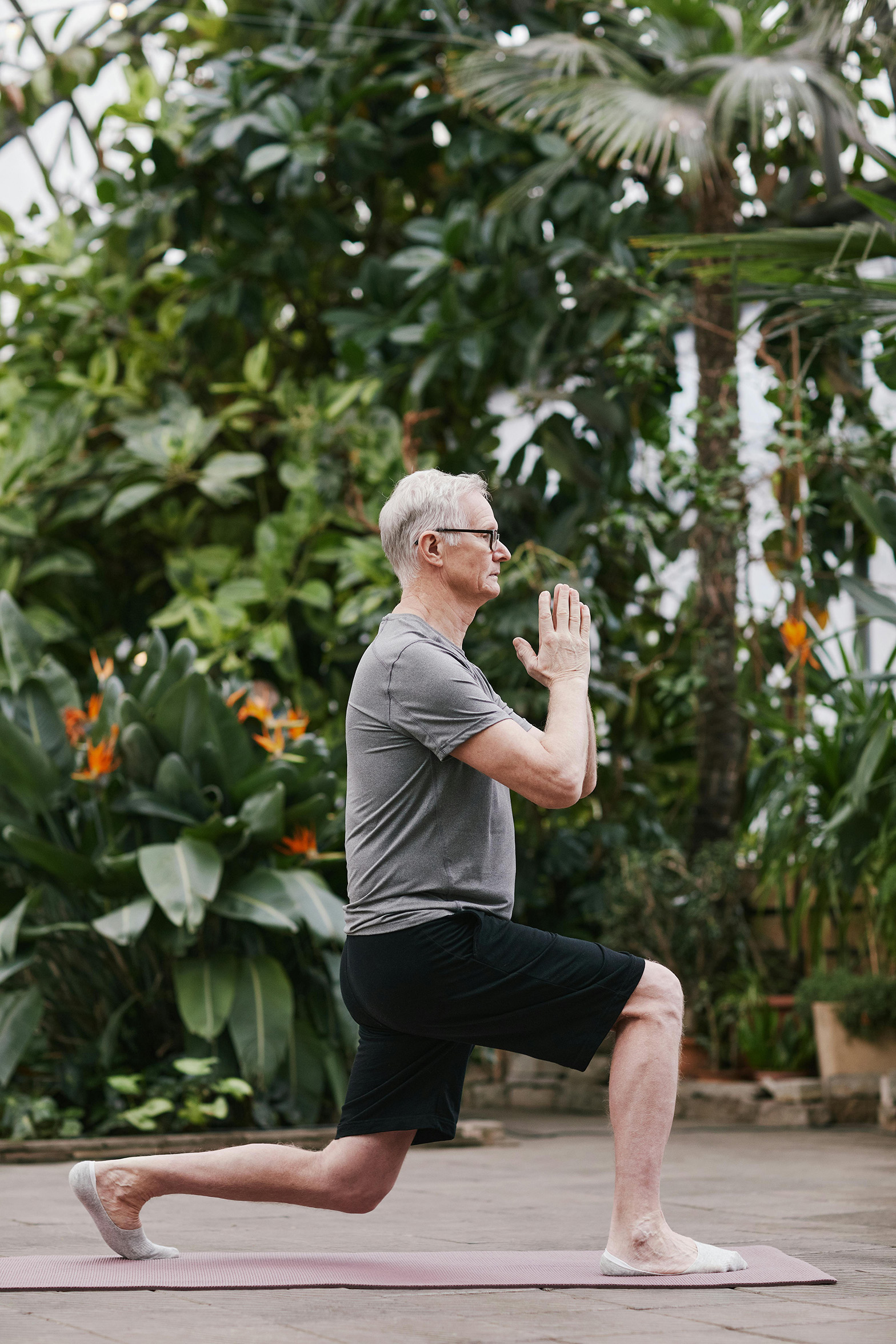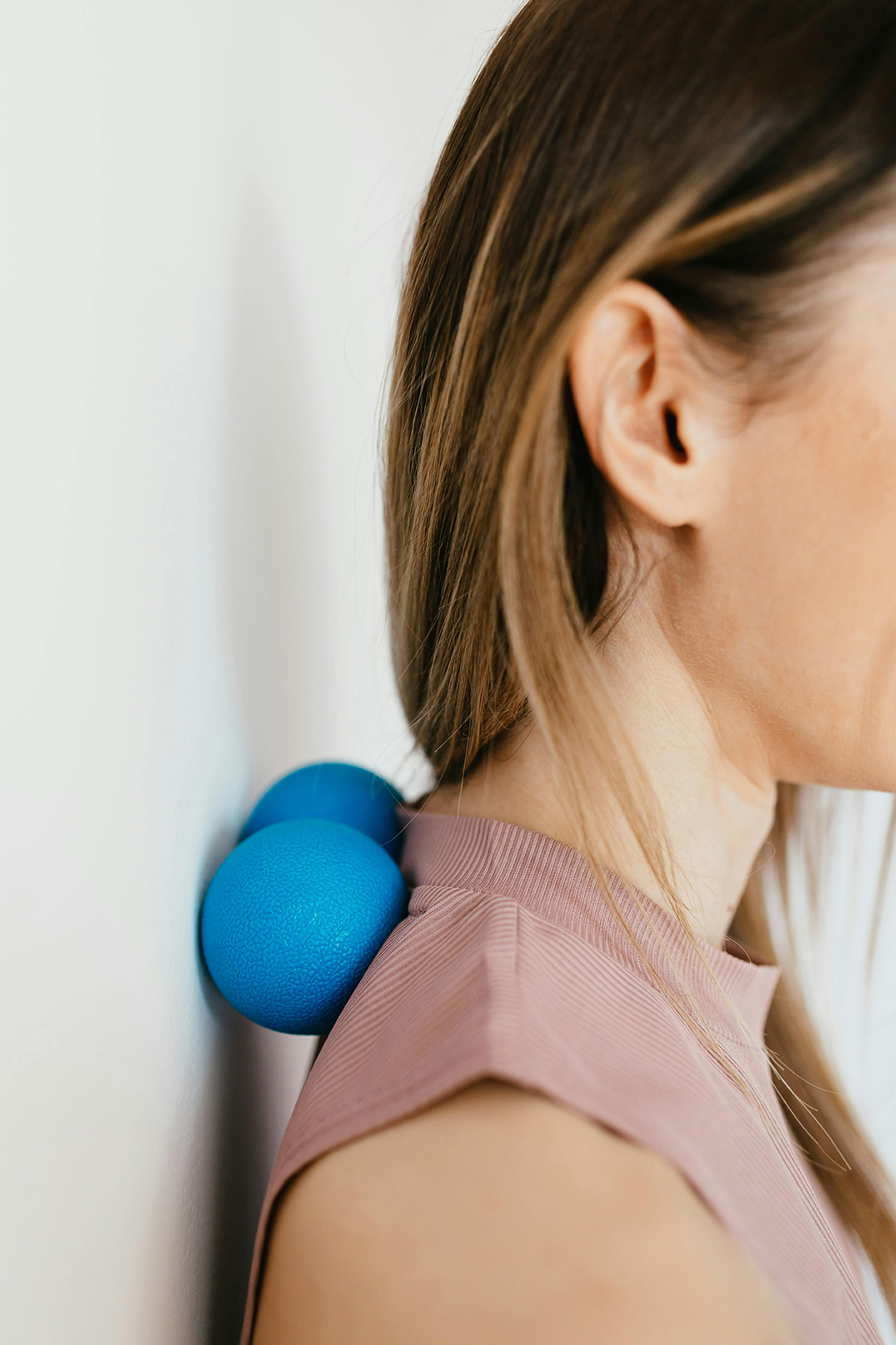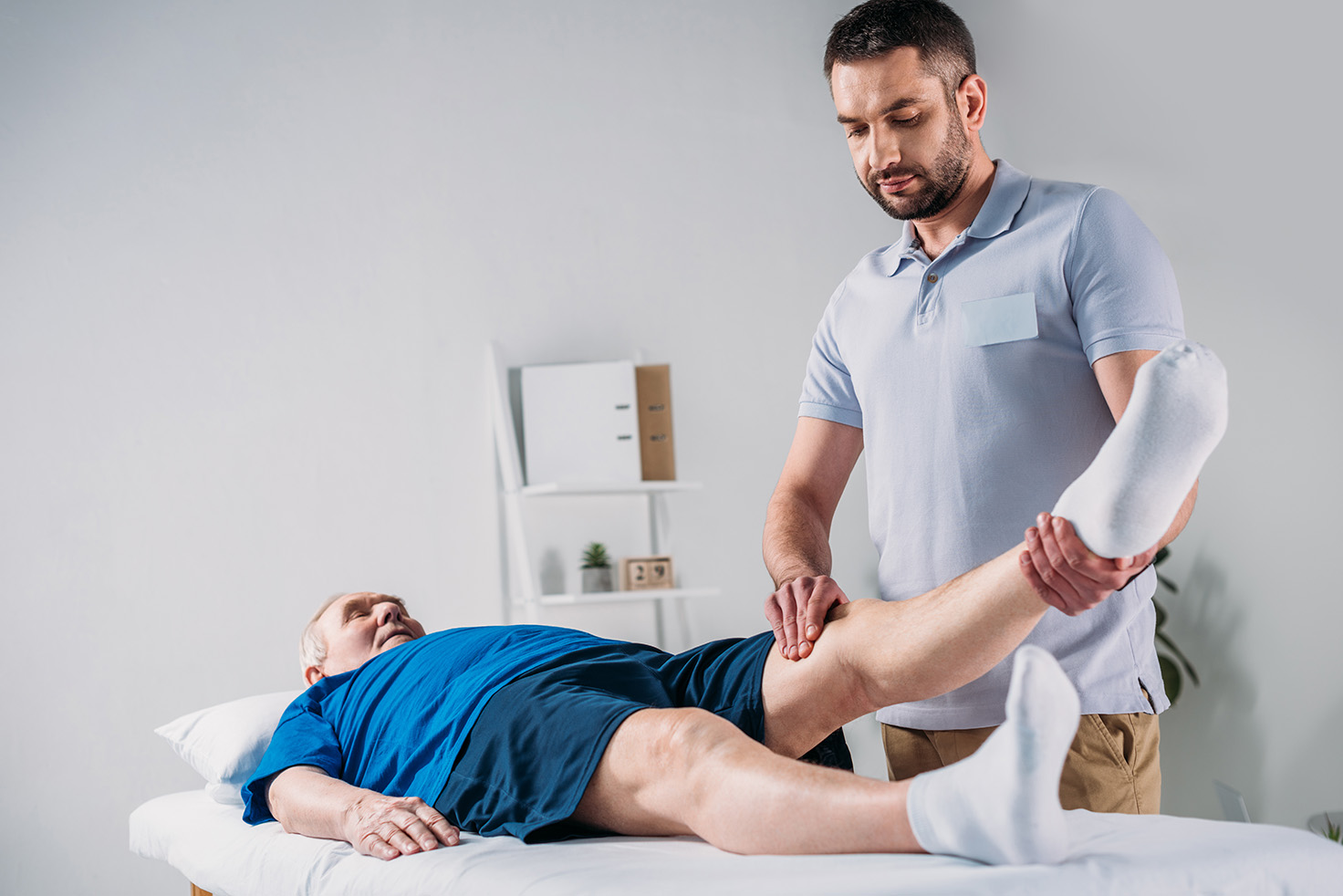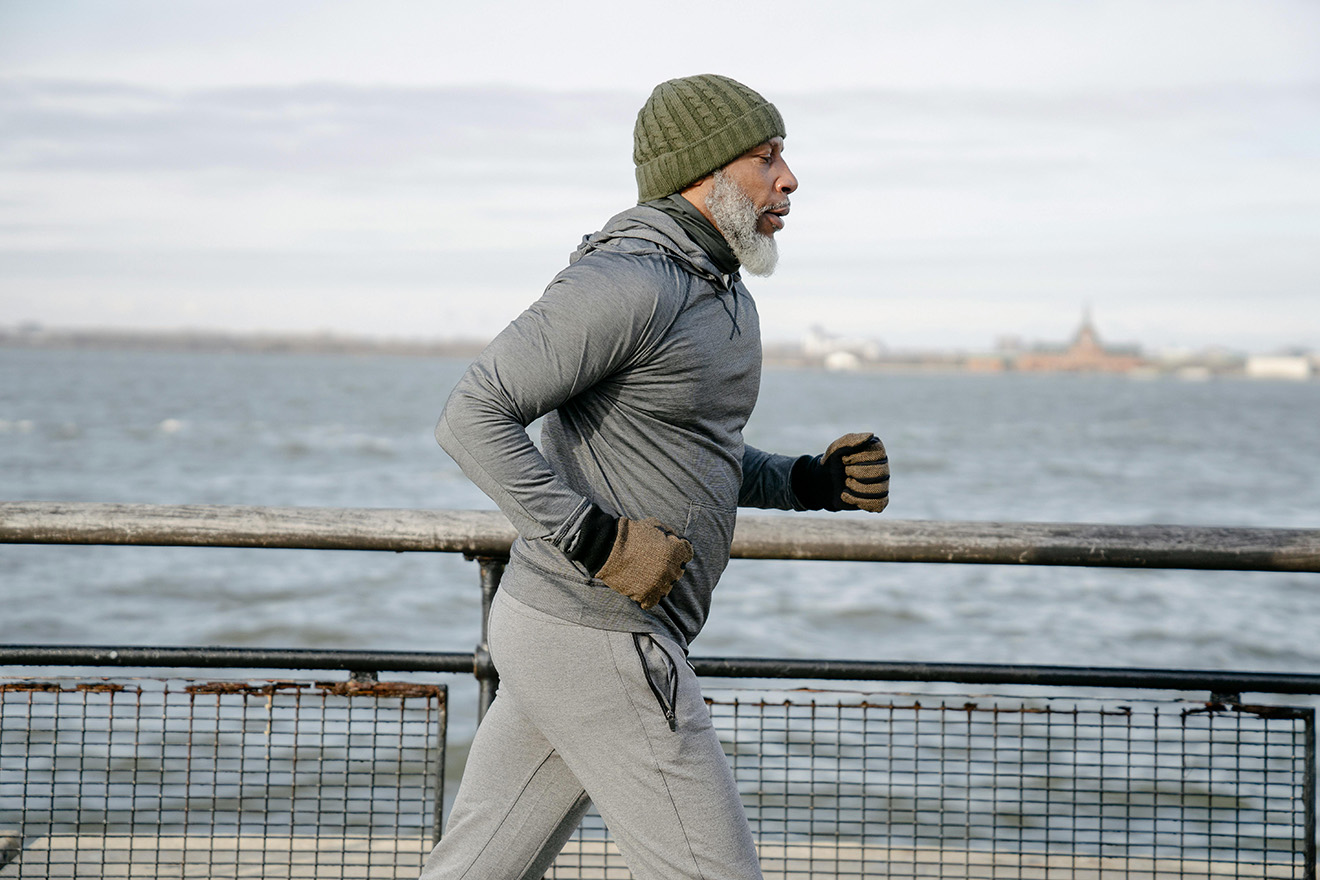
5 Everyday Habits That Support Long-Term Mobility
Staying mobile as you age doesn’t require intense workouts or drastic lifestyle changes. With a few simple daily habits, you can protect your joints, support your muscles, and maintain the freedom to move comfortably for years to come.
Why Mobility Matters for Your Quality of Life
Mobility isn’t just about walking or stretching—it’s about living. Whether you're reaching for something on a shelf, getting up from the floor, or going for a walk with a friend, your ability to move without pain affects nearly every aspect of your daily life.
When mobility declines, it often happens slowly. You might start avoiding stairs or feel stiff getting out of bed. These small limitations can add up over time, leading to reduced activity, more pain, and a growing sense of frustration. The good news is that by building daily habits that support movement, you can keep your body resilient and capable.
Habit 1: Move in Small, Intentional Ways Throughout the Day
You don’t need to set aside an hour at the gym to stay mobile. In fact, short, consistent bursts of movement may be more effective over time. Try standing up and stretching every 30 minutes, walking around the block during lunch, or doing simple joint circles before bed.
These small movements encourage circulation, keep joints lubricated, and prevent stiffness from setting in. When repeated daily, they create a strong foundation for long-term mobility without overwhelming your body.
Habit 2: Prioritize Proper Posture
Posture isn’t about sitting perfectly straight all the time. It’s about aligning your body in ways that reduce unnecessary strain. Poor posture can lead to tight muscles, joint compression, and imbalances that make pain worse.
Start by becoming more aware of how you sit, stand, and move. Are your shoulders tense? Is your neck craned forward? Making small corrections—like pulling your shoulder blades back or aligning your ears with your shoulders—can ease tension and support better mechanics throughout your body.
Habit 3: Support Your Muscles with Consistent Hydration and Nutrition
Your muscles and joints need fuel to function well. That includes hydration, protein, healthy fats, and anti-inflammatory nutrients. When your body is undernourished or dehydrated, it’s more prone to cramping, fatigue, and slow recovery.
Aim to drink water steadily throughout the day, not just when you feel thirsty. And be mindful of how your meals support your mobility. Whole foods rich in magnesium, omega-3s, and antioxidants can help reduce inflammation and keep your tissues healthy and strong.
Habit 4: Include Gentle Stretching in Your Daily Routine
Stretching doesn’t need to be long or intense to be effective. Just five to ten minutes of gentle stretching each day can help keep your muscles supple, reduce stiffness, and improve your range of motion.
Focus on areas that tend to tighten with daily activity, such as the hips, hamstrings, shoulders, and lower back. Listen to your body and never push through pain. Over time, consistent stretching builds flexibility and helps your body move more freely and comfortably.
Habit 5: Get Quality Sleep to Support Tissue Repair
While it may not seem directly related to mobility, sleep is one of the most important ways your body heals. During deep sleep, your body repairs tissues, balances hormones, and reduces inflammation—all of which impact your ability to move pain-free.
Aim for seven to nine hours of quality sleep each night. Create a relaxing evening routine, reduce screen time before bed, and make your sleep space as comfortable as possible. You’ll likely notice more energy and less stiffness when you wake up.
Listening to Your Body Is Key
As you build these habits, pay attention to how your body responds. Mobility work should never leave you feeling worse. If something feels off or painful, it’s okay to pause and reassess. Your body is always giving you feedback, and tuning into that feedback helps you avoid injury and adjust your routine in a sustainable way.
Being kind to your body doesn’t mean avoiding movement. It means choosing the right kind of movement, at the right intensity, and giving yourself space to recover.
When to Seek Professional Support
If you’re already dealing with chronic stiffness or limited range of motion, you may need more targeted help. Working with a massage therapist or movement specialist can help identify and release restrictions, support tissue recovery, and guide you back into safe, confident movement.
At Allentown Medical Massage, we use evidence-based techniques to help restore mobility and reduce pain. Whether you’re recovering from an injury or simply want to move better as you age, we’re here to support your long-term wellness.
Small Habits, Big Impact
It’s easy to overlook the importance of everyday movement until it starts to slip away. But mobility is something you can preserve—and even improve—with consistent attention and care. The habits you build now can make a powerful difference in how you feel five, ten, or twenty years from today.
You don’t need to do everything perfectly. You just need to start. One small step each day can help you move forward with strength, confidence, and freedom.
Recent Articles
Move Better. Live Stronger.
We provide more than just a massage. We offer a science-backed approach to healing. If pain has been holding you back, now is the time to take the next step. Our expert, personalized care is designed to help you move freely, feel stronger, and reclaim the life you love.

%404x.avif)


